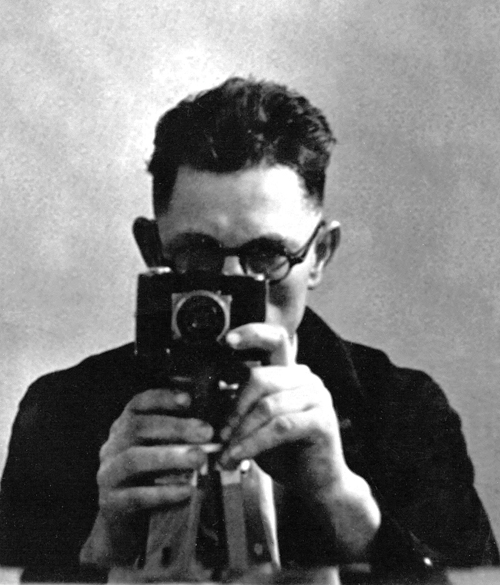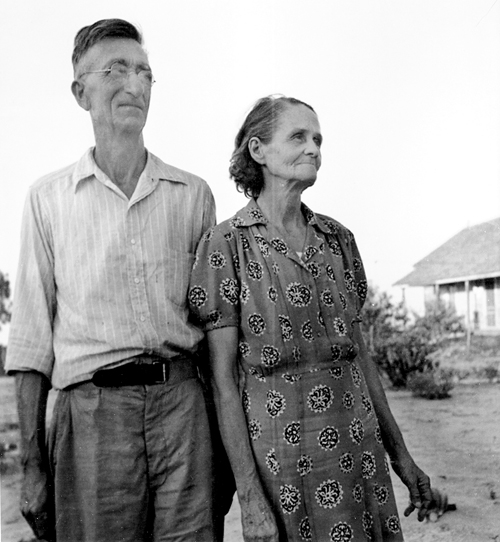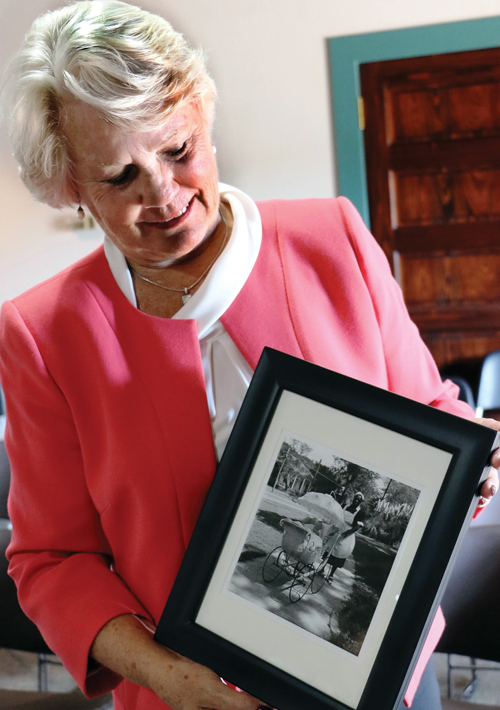
In the early 1930s, Draffus Lamar Hightower purchased a camera. The rest, as they say, is history. For the next several decades, Hightower chronicled on film the essence of everyday life in a small but vibrant southern town and the surrounding rural southeast Alabama landscape.
Those thousands of negatives, many of which are now archived at the University of South Alabama in Mobile, chronicle a world and a way of life that no longer exist, and to many cannot be comprehended.
“He traveled across the county, knew everybody and was never without his cameras,” says former USA history professor and archivist Michael V.R. Thomason, who extensively studied Hightower’s works and wrote a book To Remember a Vanishing World: D.L. Hightower’s Photographs of Barbour County, Alabama, c 1930-1965.
In his time, Hightower photographed both the good and the struggles of everyday life in a period from the Great Depression, World War II and the postwar decline of small towns.
In capturing a variation of lifestyles, Hightower proved to be adept at crossing over socio-economic levels and allowing his subjects to be themselves.
“He admired the poor tenant farmers for their ability to endure the hardships they faced as much as he respected the prominent leaders of the community,” Thomason says. “His photographs of poor people, whether black or white, are sympathetic to their humanity.”

His own farming background – although far removed from that of the poor tenant farmer or sharecropper, yet still involving the toils of agricultural life – may have added to his understanding. He was one of six children reared on 240-acre farm in adjacent Bullock County.
His fascination with technology, which involved a short course in mechanics, led him to Clayton, where he took a job at a Ford automobile dealership and later started a Chevrolet dealership. During that same time he met and married Marie Turner whose character contrasted greatly with the quiet unassuming Hightower.
State Sen. Billy Beasley, who as a child recalls seeing “Mr. Draffus” around town, described him as being pleasant, but reserved.
“Growing up I didn’t realize he was a photographer,” Beasley says. “I knew him as a Chevrolet dealer and I know he was also very active in the (Clayton) Methodist Church.”
In fact, a lot of people were unaware of his works until 1983 when Hightower, who by then had long hung up his army of cameras, donated much of his work to the town of Clayton. The Hightower Collection Committee organized as a result of the donation and sought to obtain identities in the photographs first by approaching a frail Hightower and later by inviting residents to a showing at the Clayton Library.

Clayton Mayor Rebecca Beasley, editor of The Clayton Record newspaper and spouse of Senator Beasley, had been familiar with Hightower’s photography since childhood, but it wasn’t until the town acquired the photograph collection that she really appreciated his work.
“As a child we would see him taking pictures, but we didn’t really think anything about it,” Rebecca Beasley said. “Looking back you think I would never have thought of taking that picture because at the time it was just the way life was. Now it’s not common. He was photographing history.”
While he never personally met Hightower, Thomason believes the photographer was too well calculated and deliberate to have recorded his times by coincidence.
“He was a historian with a photographer’s eye,” Thomason says. “He was not a snapshot photographer. He took pictures of weddings and football games and things like that, but he was clearly a documentary photographer.”

Hightower’s photographs came to light in the early 1990s with the publication of the book by the Historic Chattahoochee Commission and Hightower was able to see his works displayed publicly at an exhibit in Huntsville and perhaps even one in Columbus, Ga.
Hightower died on Sept. 2, 1993 at a nursing home in Troy.
The city of Clayton hopes to permanently provide an exhibit of the photographs somewhere in the city, but has thus far been fiscally unable to devote funds to adequately display them.
Anyone interested in learning more about the D.L. Hightower collection can contact Clayton City Hall at 334-775-9176.





